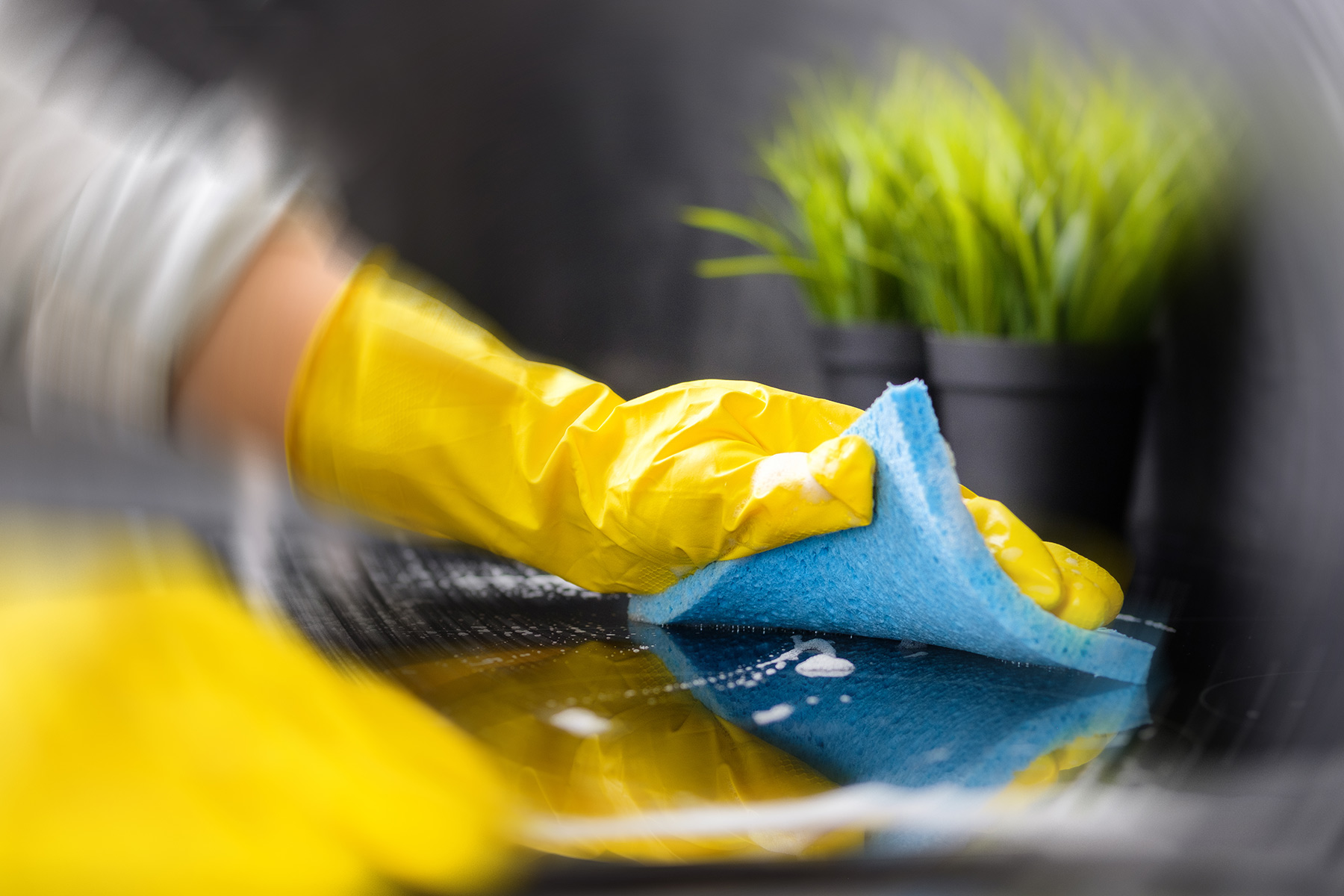EPA Adds to List of Coronavirus-Fighting Cleaners

Sept. 21, 2020 — The number of common household cleaning products certified to kill the coronavirus continues to expand as the Environmental Protection Agency (EPA) recently added a veteran standby to its list of COVID killers.
Original Pine-Sol was proven effective against the coronavirus after 10 minutes, the EPA says. It joins other Clorox-brand products as well as several from Lysol on the EPA-approved list.
Consumers should expect the EPA to continue to add products to its list as they are tested and approved.
In July, the EPA said its testing had found that two Lysol products were the first household cleaning products proven effective against the virus that causes COVID-19.
While the EPA continues to test products, what does that mean for the other cleaners that consumers have been using — if they can find them — to diligently wipe down their doorknobs, countertops, and other common surfaces?
The active ingredients in the two Lysol products are quaternary ammonium and ethanol (ethyl alcohol), according to the EPA.
Bill Wuest, PhD, a chemistry professor at Emory University in Atlanta, says any products that have these ingredients should work as well.
“For all intents and purposes, it’s basically the same thing” as what is frequently found in many other brands and products, he says.
The EPA has a list of more than 400 products, known as List N, that are effective against viruses that are “harder-to-kill” than the one that causes COVID-19. But none of the individual products had been tested specifically against this coronavirus, SARS-CoV-2. Lysol Disinfectant Spray and Lysol Disinfectant Max Cover Mist were the first. They can kill the SARS in 2 minutes, the EPA says.
“These products are distinct because of how they’ve been tested. As SARS-CoV-2 is a new virus, it has only recently become available for laboratory testing. These two products are the first for which EPA has completed its review of laboratory testing data confirming that the products are effective against SARS-CoV-2 when used according to the label directions,” an EPA spokesperson says in an email.
Other chemicals in the products on EPA’s list include hypochlorous acid, hydrogen peroxide, sodium hypochlorite (bleach), and citric acid.
Wuest and the EPA say consumers should leave the products on surfaces for at least 2 minutes before wiping them down to ensure they work.
Why are clean surfaces so important?
Public health experts believe the virus mainly spreads from one person to another through respiratory droplets they expel through coughing, sneezing, singing, and talking. These droplets may land on surfaces, and they could infect others who touch them, the CDC says. It recommends that people “routinely clean and disinfect frequently touched surfaces.”
A CDC survey revealed that people are cleaning more during the crisis. But a third used chemicals or disinfectants unsafely while trying to protect against the virus.
Tips on Disinfecting Surfaces
Common surfaces to clean include kitchen cabinets, sinks, door handles, phones, remote controls, and more.
The EPA says any “EPA-registered disinfectant” is good. “Follow the label directions for safe, effective use. Make sure to follow the contact time, which is the amount of time the surface should be visibly wet. Read the agency’s infographic on how to use these products.”
If you’re not sure about a particular product, the agency says you can look for the EPA registration number on the label and check the EPA list of approved disinfectants at epa.gov/listn. Also, the EPA says:
- Follow the products’ directions.
- Pre-clean the surface before applying the disinfectant.
- Be sure to leave the product wet on the surface for the recommended time to make sure it is effective (usually 2 to 4 minutes). Don’t just spray and wipe immediately.
- Wear disposable gloves and wash your hands.
- Lock cleaners away, out of children’s reach.
Wuest and the EPA also say we shouldn’t mix cleaners. That might seem harmless, but it could create dangerous fumes.
“Don’t be afraid to use soap,” which works well, he says.
He also says to avoid making cleaning solution from bleach if you plan to use it over the course of several days. It is chemically unstable and can become less effective.